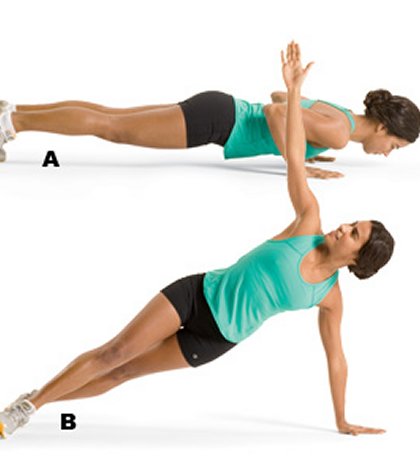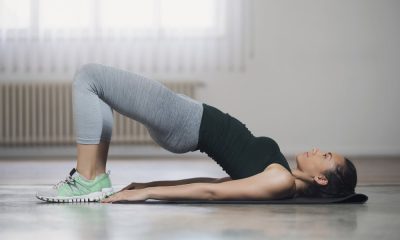On an average day, our bodies, twist, turn, bend, rotate, lunge, sit, stand and move in all directions. During our exercise program, our bodies generally move in one direction. If you find yourself on a leg press machine, your legs are moving up and down, with guided movement. Your free range of motion is altered and half of your body is obsolete. A better option would be a standing squat, which your upper body would be holding the weights. More muscle groups are activated and you will increase your range of motion. Machines limit your body’s natural movement and reduce your workload, while performing an exercise. If your goals include anything other than packing on as much muscle as possible, then it would be a good idea to avoid machines.
Since most exercises are performed in the frontal or sagittal plane, I will emphasize on the transverse plane. We should train all three planes of motion in every workout. Moreover, a single exercise can be used which will touch on all three planes, with others that will cover two of the three. Start with a basic push-up position, with your feet shoulder width apart. Perform the push-up, as you push yourself back up to straight arms, rotate your body into a side plank, in the side plank, drop your hip towards the floor for a hip drop, then return to the push-up position. There is your 3 dimensional exercise move. This is just one example. Not every exercise you do has to meet this criteria. This exemplifies a way to include rotational exercises in your routine. Let your routine include pushing, pulling, lateral and rotational exercises.
Numerous upper body, core and lower body exercises can be altered to include the transverse plane. Regardless of your reasons for exercising, you can customize this type of program to aid you in weight loss, build strength and improve dynamic movement. The main intent is to enhance your current state of performance, while minimizing your risk of injury. Keep your workouts safe, productive and effective. You don’t have to exercise until you vomit and be so sore the next day that it hurts to walk for it to be considered a productive workout. You probably overworked your body and put yourself at a higher risk for injury if you felt like that. Use your own performance as a way to assess your performance. If your hands come closer to your toes when you reach down, you’ve made progress. If your plank time increased by fifteen seconds since last week, that’s something to build on. Let your body provide you with the feedback by observing it and listening to it.






























